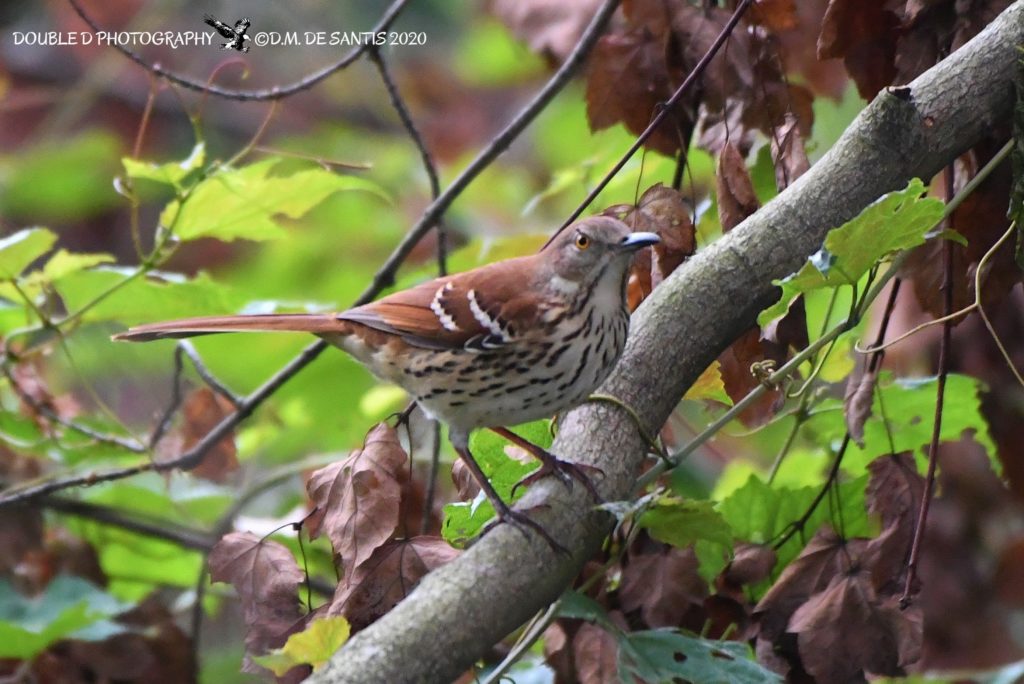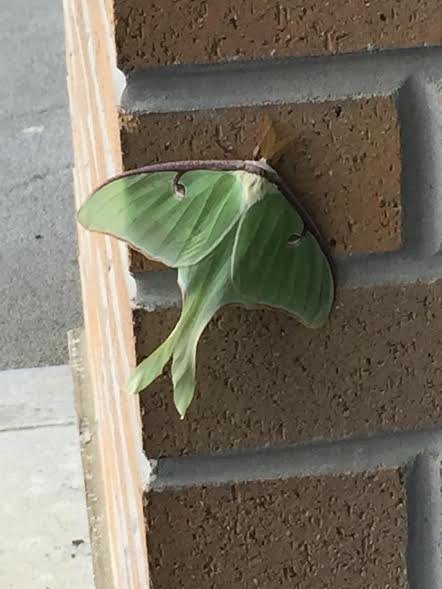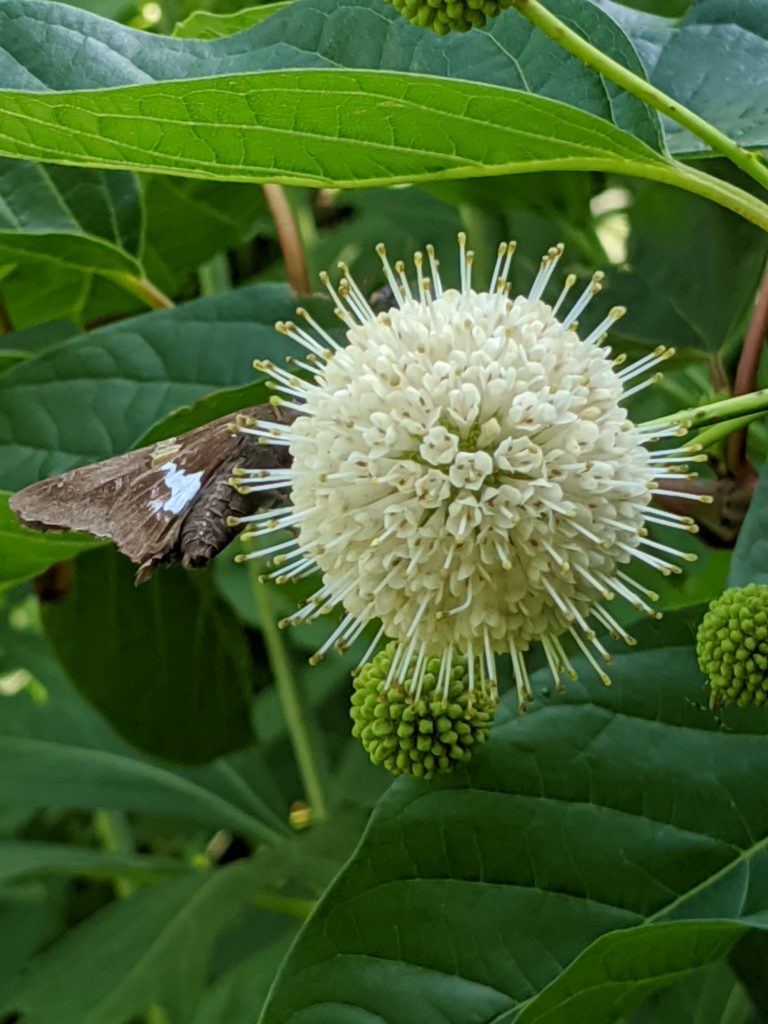
Just the other day political leaders from 64 countries participating in the United Nations Biodiversity Summit signed a pledge that they say recognizes the scale of the destruction currently being wrought on the natural world and to try to reverse the biodiversity loss over the next 10 years.
“We are in a state of planetary emergency,” the leaders said. “The interdependent crises of biodiversity loss and ecosystem degradation and climate change requires immediate global action.”
Most people tend to think of the dramatic decline of species like the African Lion or Leopard as a symbol of the decline of wildlife and diversity – and well they are. But we overlook that the same dramatic decline is happening right here at home and in our own neighborhood to the birds, pollinators and native plants that evolved here for eons.
“Why don’t I see the birds and butterflies like I do when I was a kid?” is how the conversation usually starts

The loss of diversity is a very insidious problem. It seems that when you finally look around you realize that the familiar birds, bees and plants you once knew and enjoyed no longer exist. So Where did the lightning bugs, Luna Moths, Brown Thrashers, frogs and toads all go? And what the heck happened?
Over development, pesticides, gardening practices, the introduction of invasive plants, climate change and nature disconnect are among the many reasons life as we knew it has declined so dramatically. At some point we failed to come to the realization that we as the human species also need nature to survive and that our backyards, parks, commercial businesses, schools, and churches are all connected to the wildlife and wild places that still exist and are fighting to survive.
Growing up in the Meadowlands I have witnessed some of the worst things that could happen to the environment. But at the same time I have been privileged to see how a place like the Meadowlands, once left for dead, can come back to one of the most diverse wildlife habitats in the State, a true testament to what can be accomplished when people care.
The good news is that we can also turn all this around and begin to bring back the birds, bees, wildlife and biodiversity that were once part of our everyday lives.

Here are a few ways that we can start on the road back:
- Work with your elected officials in your town and county to preserve and protect the natural places we have left. By the time you see the bulldozers it is too late. Is there a patch of woods you like in your neighborhood that is privately owned? Call your mayor and ask how you can help save it for future generations.
- Landscape with native plants. Our introduction to non-native plants has been a major cause of the decline of biodiversity in our region. Native plants are the foundation of a truly healthy habitat and our pollinators, butterflies and birds cannot survive without them. And now the native plants themselves have become endangered. Tell your landscaper Go Native or Go Home!
- Change the way we envision our parks, playgrounds and athletics fields. Why not create pollinator and butterfly gardens around the edges and perimeters of playgrounds, tennis courts and even dog parks? This would greatly add much-needed habitat and at the same time bring more enjoyment to the folks using those facilities.
- Help local schools create outdoor classroom habitats. Every school should have a wildlife garden. To me this is a no-brainer. From improving students’ learning abilities to better mental and physical health, outdoor classrooms should be the wave of the future.
- Before any new building project in any town is approved it should be mandated that they are not allowed the typical big corporate lawns and use native plants for their landscaping. This would greatly improve local wildlife numbers and make a much healthier place for all of us. And let’s not forget bird-safe glass!
- Create wildlife gardens at home! Backyard habitats help connect migratory bird routes by creating much needed stepping stones, resting spots, nesting areas and wintering grounds. They will also help restore pollinator and butterfly numbers and create a healthier and happier lifestyle for the homeowners.
- Go organic! Do away with all the pesticides and insecticides. The damage these chemicals do to the entire food chain can be devastating and they are not good for you either.
- Put some nest boxes up in your yard. Nesting places are at a premium in New Jersey. You can help your wrens, chickadees and Screech Owls find a place to raise their young to bring forth the next generation just by placing a few around your yard.
- Put in a backyard pond. Remember all those ponds and streams you played in as a kid that are gone? Putting in a water source in the backyard will give migratory birds a place to stop and drink. It will create an entirely new, much needed microhabitat that you can enjoy right from your window.
Doing all of these things will certainly help turn the tide but they will be for naught if we don’t work together to fight climate change. In the end helping our wildlife and the environment is about saving it for future generations. It is not only about saving our birds and butterflies: It’s about saving ourselves as well.
See you in the Meadowlands
